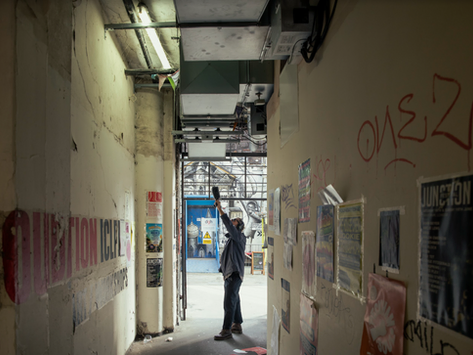
Published 12-09-2024
Copyright (c) 2024 Francisco Mazza

This work is licensed under a Creative Commons Attribution 4.0 International License.
Abstract
The emerging academic field of practice-based research, developed from an interrelation between artistic practice and academic research, has many historical precedents. Although many academic communities have welcomed the field in recent years, its effectiveness, especially its research methodologies, are often questioned and require justification (Boehm, 2008). The methods required to engage with the ambiguities of tacit and sensory dimensions of artistic practice are not always measurable or reliable and hence diverge from the rigidity and objectivity of the sciences and social sciences tradition. Thus, the ability to think about the world in other realms beyond the visual-logo-centric conventions of research will often generate conflict for new practitioners in practice-based PhD programmes when encountered with research norms as favoured by traditional quantitative and qualitative systems (Brabazon, Lyndall-Knight, and Hills, 2020). However, the interdisciplinary nature of research and the arts, when combined with the ambiguity of non-semantic expression, offer an opportunity to reframe existing knowledge frameworks within academia. This paper will consider how explorations of the sonic as a methodological tool can provide new forms of knowledge contribution, as sound appeals to the cognitive and the rational, as well as the creative. In this way, it holds space for the possibility of expanded connections, imagination and speculation (Bull and Cobussen, 2020). What kind of knowledge might sound provide to broaden and diversify the visual-logocentric methodologies that currently predominate scholarly inquiries and values? Reflecting on both the possibilities and challenges of using sonic methodologies in my PhD practice-based research, as well as a brief study of the film Zawawa: the sound of sugar cane in the wind, this paper will explore the creative potential of articulating sonic methodologies from the perspective of documentary filmmaking.
